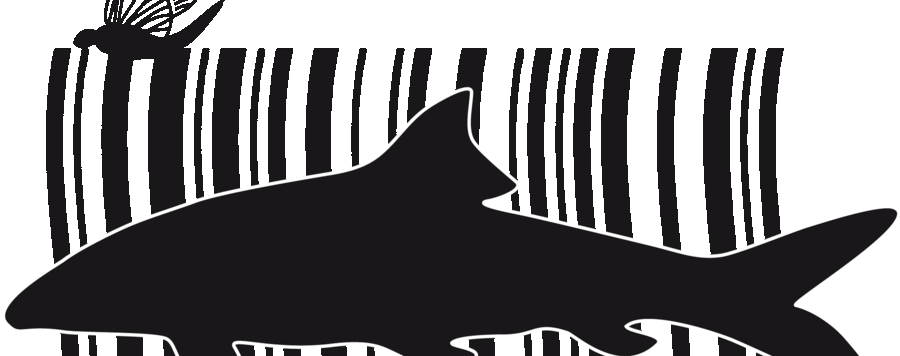
The FREDIE project—different lessons from a large-scale DNA barcoding campaign
Background: In my talk I will first provide an overview of the aims and structure of the FREDIE project and then focus on findings and highlights of the freshwater fish diversity of the Western Palearctic. Special emphasis will be on the Mediterranean biodiversity hotspot as one of the most important temperate biodiversity areas, with a remarkable diversity of freshwater fishes. Currently, 397 out of 526 species are recognized as endemic. In order to assess their diversity, and to construct a molecular identification system that supports conservation, we have built a DNA barcode library for 498 Mediterranean freshwater fish species (98% extant species coverage) based on 3171 individuals. Results: Congruence of clusters with morphological species ranged from 45% to 85% of the species and was highly dependent on the method used to delineate clusters. Genetic discontinuities suggest the existence of up to 64 possible new species or new records, potentially increasing fish diversity by 12%. Shared haplotypes among species highlight limits of a barcoding approach, although mismatches tend to occur in recently diverged (Pleistocene- or Holoceneevolved) lineages. We found reduced reliability of DNA barcoding in a highly biogeographically structured area, but much greater accuracy when applied at the catchment scale. This scale effect can have important implications for barcoding assessments, and our results suggest that fairly simple identification pipelines can be successfully applied for local freshwater fish monitoring. Inventorying and management of large-scale diversity requires higher analytical and conceptual efforts. Significance: The 98% extant species coverage of freshwater fish species of the Mediterranean Biodiversity for barcode sequences represents a success story for biodiversity research in a geopolitically complex region. The database will enable the recognition of conservation units within the Hotspot and will strongly support the ongoing exploration of global freshwater fish diversity.





